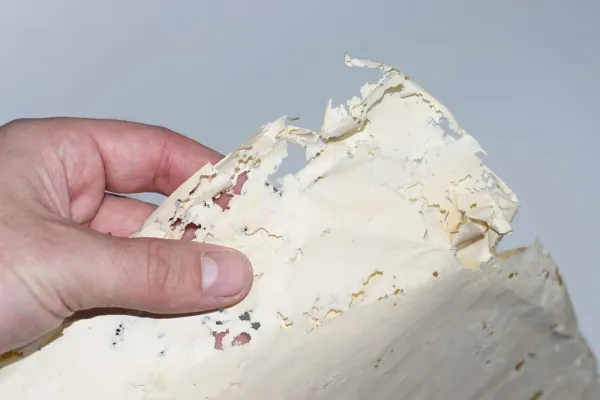The gap between average income and average house price is widening.
So, lots of people need help to get onto the housing ladder.
Few parents are fortunate enough to be able to buy their children a home.
A much more common option is giving a gifted deposit.
Yet, not everyone knows what this is!
Keep reading to find out.
What is a gifted deposit?
A gifted deposit is when someone gives you money to help with your deposit on a house.
This could be from a family member, friend, or a charitable organisation.
There are usually conditions upon the gifted deposit.
A common example is that the person gifting has zero stake in the house.
They also aren’t expecting any repayment, which thus makes it a gift.
You will need to jump through certain hoops for a gifted deposit to be accepted.
To start with, you must give details about the funds. This includes who it’s coming from and the amount they’re gifting.
Where the gifted money has come from – e.g. the gifting person’s savings – is another question to be answer.
The gifting party then signs a document confirming they agree to the gift and don’t expect anything in return.
How common is a gifted deposit?
While a gifted deposit may sound like a luxury, it’s becoming far more common in recent times.
A recent study found that around 57% of first time buyers received financial support from their parents.
This shows that the trend of receiving gifted deposits is increasing.
Who can a gifted deposit come from?
A gifted deposit can come from anyone.
As long as they sign a document stating their intention to gift you the money, without expecting anything in return, it’s binding.
They don’t need to be related to you.
Can a gifted deposit include a stake in the house?
No. When someone makes a gifted deposit, they sign a document stating that they have no stake in the house.
If the person has a stake in the property, this is typically considered a loan.
Or they’re seen as a buyer, alongside any other parties making a deposit or getting a mortgage.
How to show gifted deposit proof of funds
Documentation will need to show the money.
This could be in a bank account, for example. You must also give details about your source of funds, along with ID.
How to make a gifted deposit
You often have to follow the same few steps to make a gifted deposit.
You should speak to your solicitor who can advise you further.
Sign a gifted deposit letter
You need to sign a gifted deposit letter. This will state the amount that you’re gifting.
It’ll also confirm that you don’t expect anything in return (thus making it a ‘gift’).
Show your bank statements
You need to demonstrate that the funds exist to make your gifted deposit. Bank statements from the account with the money in is the typical method.
Complete any ID or money laundering checks
You could be asked to show proof of ID. A passport or driver’s license will usually meet these criteria.
Money laundering checks may be carried out as well.
Transfer the funds when the time arrives
Last but not least, you must transfer the funds when needed. Speak to your solicitor for clarity on this.
















